The second half of 2016 saw an improvement in market conditions at global, EU and Irish levels, with improved producer and market returns, according to the Department.
This included an overall assessment of cautious optimism in respect of dairy market prospects for 2017.
Outlook
In its outlook, the Department said that the long-term fundamentals of the global dairy market are strong, with growing global demand projected from fast-developing countries with increasing middle classes and more westernised diets.
While significant challenges continued throughout 2016, there is confidence that the Irish dairy sector is well placed to gain from the opportunity presented by expanding global demand, while simultaneously addressing key challenges, with a particular focus on the issues of Brexit and price volatility.
In general, the outlook for the sector must remain cautiously optimistic, with the resolve to engage in measures to mitigate the effects of specific issues such as Brexit and price volatility.
Meanwhile, for the beef sector, 2016 was a year of volatility, with deadweight prices rising from January to June and then dropping sharply , although the end of the year saw a minor upswing.
Much of this downturn from June onwards was attributed to the Brexit referendum and the consequential weakening of sterling, according to the Department.
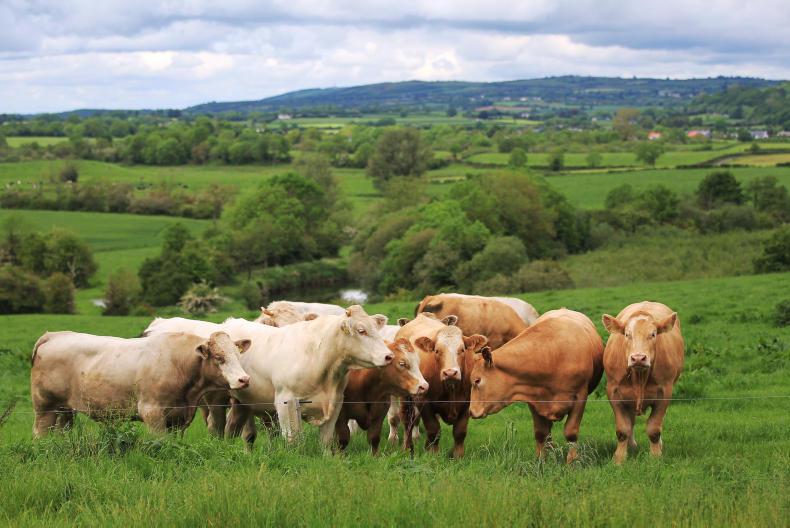
The year saw Ireland make substantial progress in opening new third -country markets to exports of Irish beef, as well as approval for the export of beef intended for grinding to the United States.
The estimated value of beef exports in 2016, including offals, was €2.262bn, which is a small increase of 2% on the 2015 figure.
Outlook
It can be reasonably expected that some difficulties in the sector will remain in 2017, with uncertainty from Brexit possibly triggering further currency fluctuations.
In addition, the Department said that a projected extra 100,000 to 120,000 head of cattle for slaughter will pose challenges to the sector, with much of this extra supply expected to come to factory in the early part of the year.
Average carcase weight is expected to remain steady and projections show approximately 565,000t of beef should be available for export, a rise of 6% on 2016.
Live exports to play an important role
It is anticipated that increased opportunities for live exporters in the North African and Middle Eastern markets will assist in dealing with some of the market difficulties in 2017.
Increased transport capacity for live exports is also expected to come on line at some point over the course of the year.
Opportunities for new and expanding third-country markets for beef will be crucial to the development of the sector and it is hoped that a number of such markets in North Africa, the Middle East and possibly Asia can be secured to offer new outlets for exporters.
Irish sheepmeat exports were strong in 2016, with lower carcase weights offsetting a higher supply figure.
Islamic festivals continue to exert a strong influence upon export market demand, while domestic consumption fell to just under 15,000t, a drop of over 5%, the review noted.
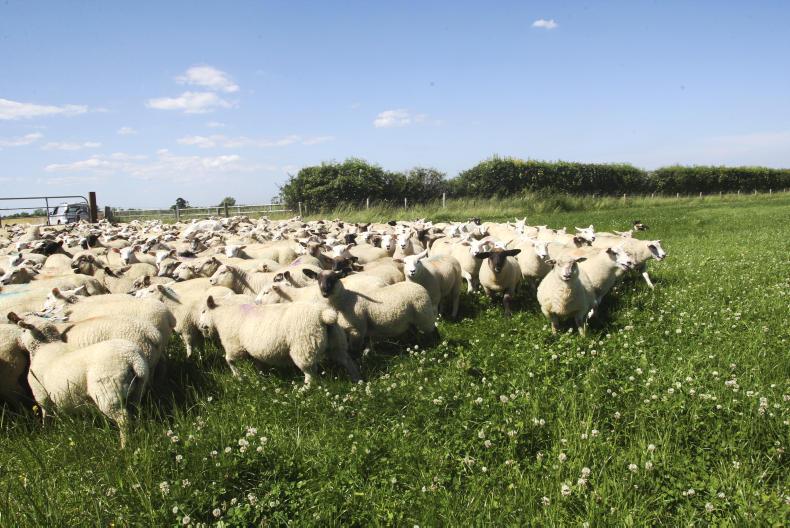
Outlook
Hogget supplies are expected to remain relatively high in the early part of the year, according to the Department.
France and the UK are expected to continue to be the largest export markets for Irish sheepmeat producers, and Easter and Islamic festivals, such as Eid al-Adha, will increase market demand sharply in the weeks leading up to them.
European buyers increasingly perceive Irish lamb as high-end product, so it can be expected that Ireland will continue to establish a premium position for itself in continental markets.
Looking at the pigmeat sector and the output value was €467.6m in 2016, an increase of 2% since 2015.
While feed costs improved in late 2016, the ongoing challenges in respect of non-feed costs combined to keep margins under pressure. Pig prices also improved in late 2016.
Outlook
The Department expects any growth in Irish pigmeat production in 2017 to be modest.
Assuming all other factors are unchanged, export availability in 2017 is expected to be maintained at 2016 levels.
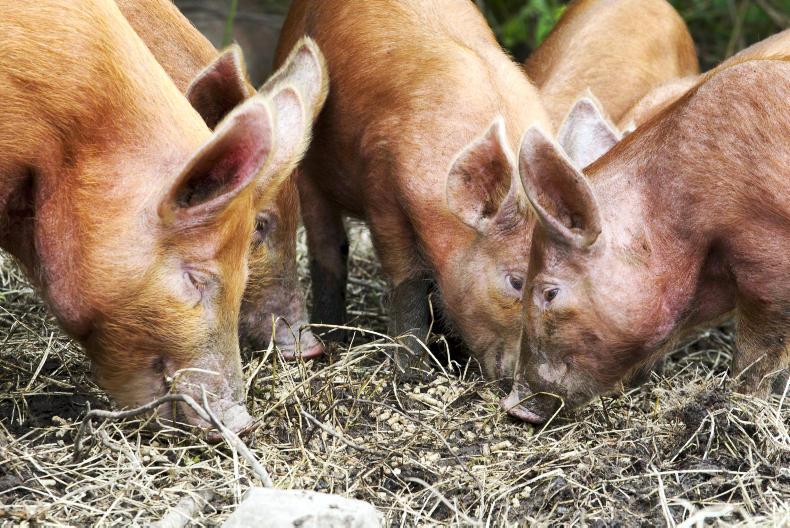
A prolonged period of uncertainty around Brexit will continue to determine the competitiveness of Irish pigmeat produce in the UK.
China’s pigmeat importation levels are expected to remain similar to 2016, which is good news for exporting slaughter plants.
Poultry meat has long been seen as a value-for-money food and this has underscored an increase in demand, particularly in recent years.
However, stronger supplies across the EU and lower prices meant a challenging environment for the poultry sector in 2016.
Irish production hit record levels in 2016, up over 10% on 2015 levels.

Retail sales of fresh and chilled poultry increased by approximately 8% on the Irish market in 2016 compared with the previous year. Most of this increase was attributable to chicken.
Outlook
While the outlook for the poultry sector is positive, the sector continues to face challenges.
The outlook outlines that feed ingredient supplies are good at present. Therefore, feed prices are expected to remain stable this year, but these still compose a significant cost for producers.
These, combined with energy costs and significant pressure from imports particularly for the service sector, continue to present difficulties for producers.
Overall, Irish poultry production is forecast to remain stable during 2017, with no significant change expected in the short term. However, the Department did say that the risk of avian influenza currently poses a challenge to the industry.
Last year proved to be another challenging year for Ireland’s grain industry, with flat prices and poor harvesting conditions in parts of the country.
A new scheme, the Agriculture Cashflow Support Loan Scheme, was introduced to assist farmers experiencing financial difficulties, and EU approval was secured to extend the Targeted Agricultural Modernisation Scheme (TAMS) to include the tillage sector.
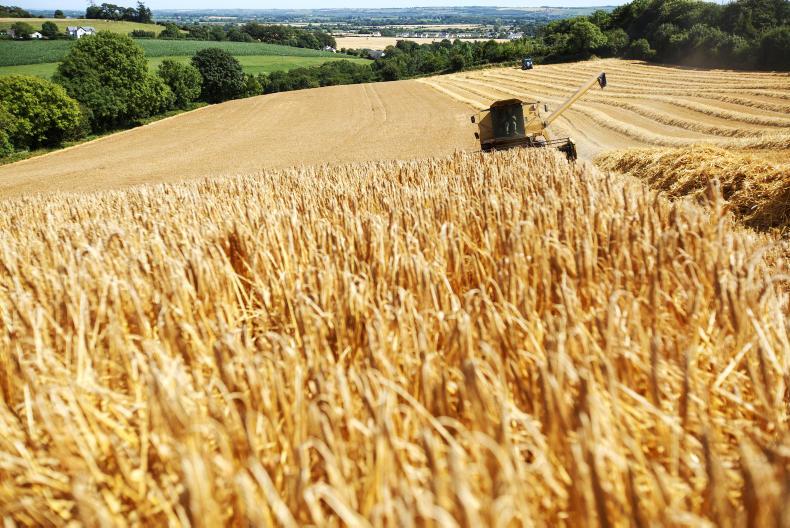
The CSO estimate of the output value of cereals in 2016 is €236.1m, a 10.1% decrease on 2015 figures. Volume was mostly unchanged decreasing by 4%.
Outlook
In Ireland, similar to last year, the autumn of 2016 was very favourable for planting winter crops.
The area of winter cereals is estimated at 145,000ha, a 7% drop on last year, despite the poor grain price outlook for harvest 2017.
Winter barley area will again be larger than winter wheat. The outlook notes that spring barley plantings may be affected by negative world price sentiment.
Prices and demand for most horticulture products remained strong in 2016, the review found.
Competition within the retail trade for the dominant share of fresh fruit and vegetables sales remained intense during 2016.
The horticulture sector (including potatoes) contributed approximately €433m to farm output in 2016, a decrease of 0.5% on 2015.
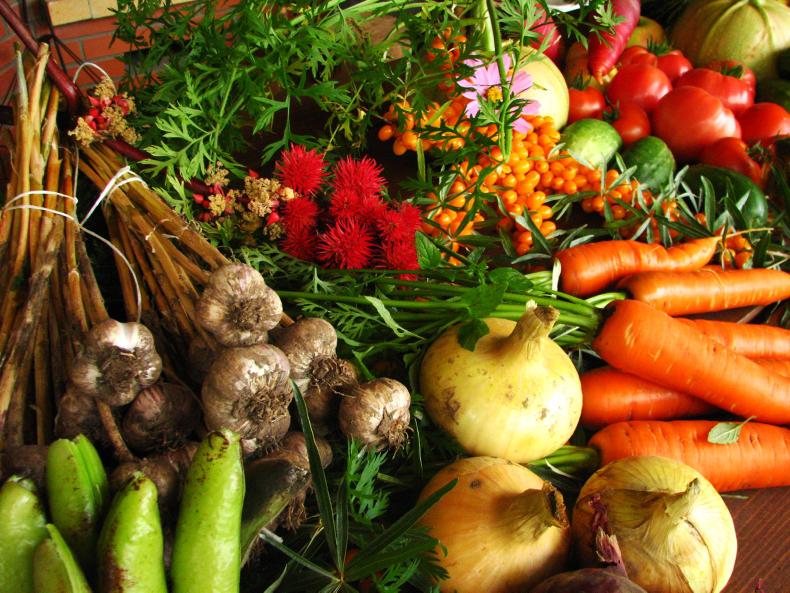
The impact of a weakening sterling as a result of the Brexit referendum had a significant effect of reducing farm gate output volume, particularly within the mushroom sector, where over 80% of production is exported to the United Kingdom.
Outlook
The Department said that the outlook for the horticulture industry is reasonably positive, with prices across the industry expected to remain firm.
While weather, currency fluctuations and rising energy costs are key challenges for the industry, capital investment continues to rise, indicating a high level of confidence among many growers across the horticultural sectors.
Read more
Live exports to NI halve in 18 months
Concentration of Irish cheddar in UK ‘high risk’
The second half of 2016 saw an improvement in market conditions at global, EU and Irish levels, with improved producer and market returns, according to the Department.
This included an overall assessment of cautious optimism in respect of dairy market prospects for 2017.
Outlook
In its outlook, the Department said that the long-term fundamentals of the global dairy market are strong, with growing global demand projected from fast-developing countries with increasing middle classes and more westernised diets.
While significant challenges continued throughout 2016, there is confidence that the Irish dairy sector is well placed to gain from the opportunity presented by expanding global demand, while simultaneously addressing key challenges, with a particular focus on the issues of Brexit and price volatility.
In general, the outlook for the sector must remain cautiously optimistic, with the resolve to engage in measures to mitigate the effects of specific issues such as Brexit and price volatility.
Meanwhile, for the beef sector, 2016 was a year of volatility, with deadweight prices rising from January to June and then dropping sharply , although the end of the year saw a minor upswing.
Much of this downturn from June onwards was attributed to the Brexit referendum and the consequential weakening of sterling, according to the Department.

The year saw Ireland make substantial progress in opening new third -country markets to exports of Irish beef, as well as approval for the export of beef intended for grinding to the United States.
The estimated value of beef exports in 2016, including offals, was €2.262bn, which is a small increase of 2% on the 2015 figure.
Outlook
It can be reasonably expected that some difficulties in the sector will remain in 2017, with uncertainty from Brexit possibly triggering further currency fluctuations.
In addition, the Department said that a projected extra 100,000 to 120,000 head of cattle for slaughter will pose challenges to the sector, with much of this extra supply expected to come to factory in the early part of the year.
Average carcase weight is expected to remain steady and projections show approximately 565,000t of beef should be available for export, a rise of 6% on 2016.
Live exports to play an important role
It is anticipated that increased opportunities for live exporters in the North African and Middle Eastern markets will assist in dealing with some of the market difficulties in 2017.
Increased transport capacity for live exports is also expected to come on line at some point over the course of the year.
Opportunities for new and expanding third-country markets for beef will be crucial to the development of the sector and it is hoped that a number of such markets in North Africa, the Middle East and possibly Asia can be secured to offer new outlets for exporters.
Irish sheepmeat exports were strong in 2016, with lower carcase weights offsetting a higher supply figure.
Islamic festivals continue to exert a strong influence upon export market demand, while domestic consumption fell to just under 15,000t, a drop of over 5%, the review noted.

Outlook
Hogget supplies are expected to remain relatively high in the early part of the year, according to the Department.
France and the UK are expected to continue to be the largest export markets for Irish sheepmeat producers, and Easter and Islamic festivals, such as Eid al-Adha, will increase market demand sharply in the weeks leading up to them.
European buyers increasingly perceive Irish lamb as high-end product, so it can be expected that Ireland will continue to establish a premium position for itself in continental markets.
Looking at the pigmeat sector and the output value was €467.6m in 2016, an increase of 2% since 2015.
While feed costs improved in late 2016, the ongoing challenges in respect of non-feed costs combined to keep margins under pressure. Pig prices also improved in late 2016.
Outlook
The Department expects any growth in Irish pigmeat production in 2017 to be modest.
Assuming all other factors are unchanged, export availability in 2017 is expected to be maintained at 2016 levels.

A prolonged period of uncertainty around Brexit will continue to determine the competitiveness of Irish pigmeat produce in the UK.
China’s pigmeat importation levels are expected to remain similar to 2016, which is good news for exporting slaughter plants.
Poultry meat has long been seen as a value-for-money food and this has underscored an increase in demand, particularly in recent years.
However, stronger supplies across the EU and lower prices meant a challenging environment for the poultry sector in 2016.
Irish production hit record levels in 2016, up over 10% on 2015 levels.

Retail sales of fresh and chilled poultry increased by approximately 8% on the Irish market in 2016 compared with the previous year. Most of this increase was attributable to chicken.
Outlook
While the outlook for the poultry sector is positive, the sector continues to face challenges.
The outlook outlines that feed ingredient supplies are good at present. Therefore, feed prices are expected to remain stable this year, but these still compose a significant cost for producers.
These, combined with energy costs and significant pressure from imports particularly for the service sector, continue to present difficulties for producers.
Overall, Irish poultry production is forecast to remain stable during 2017, with no significant change expected in the short term. However, the Department did say that the risk of avian influenza currently poses a challenge to the industry.
Last year proved to be another challenging year for Ireland’s grain industry, with flat prices and poor harvesting conditions in parts of the country.
A new scheme, the Agriculture Cashflow Support Loan Scheme, was introduced to assist farmers experiencing financial difficulties, and EU approval was secured to extend the Targeted Agricultural Modernisation Scheme (TAMS) to include the tillage sector.

The CSO estimate of the output value of cereals in 2016 is €236.1m, a 10.1% decrease on 2015 figures. Volume was mostly unchanged decreasing by 4%.
Outlook
In Ireland, similar to last year, the autumn of 2016 was very favourable for planting winter crops.
The area of winter cereals is estimated at 145,000ha, a 7% drop on last year, despite the poor grain price outlook for harvest 2017.
Winter barley area will again be larger than winter wheat. The outlook notes that spring barley plantings may be affected by negative world price sentiment.
Prices and demand for most horticulture products remained strong in 2016, the review found.
Competition within the retail trade for the dominant share of fresh fruit and vegetables sales remained intense during 2016.
The horticulture sector (including potatoes) contributed approximately €433m to farm output in 2016, a decrease of 0.5% on 2015.

The impact of a weakening sterling as a result of the Brexit referendum had a significant effect of reducing farm gate output volume, particularly within the mushroom sector, where over 80% of production is exported to the United Kingdom.
Outlook
The Department said that the outlook for the horticulture industry is reasonably positive, with prices across the industry expected to remain firm.
While weather, currency fluctuations and rising energy costs are key challenges for the industry, capital investment continues to rise, indicating a high level of confidence among many growers across the horticultural sectors.
Read more
Live exports to NI halve in 18 months
Concentration of Irish cheddar in UK ‘high risk’
















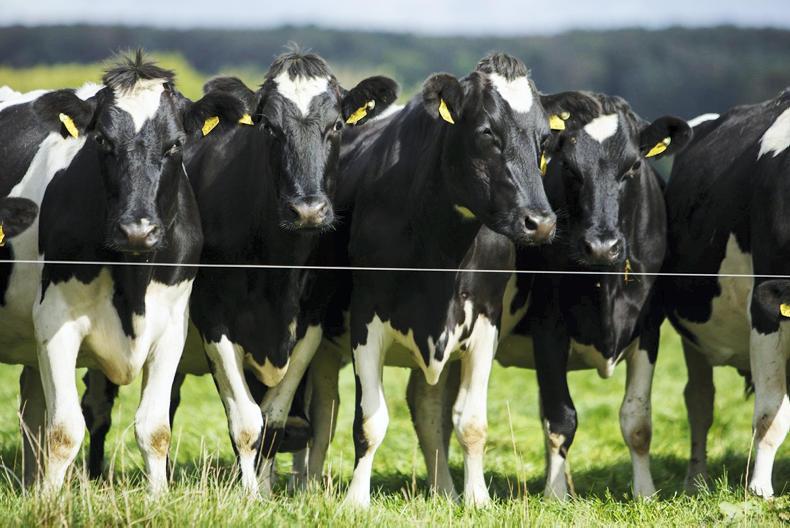
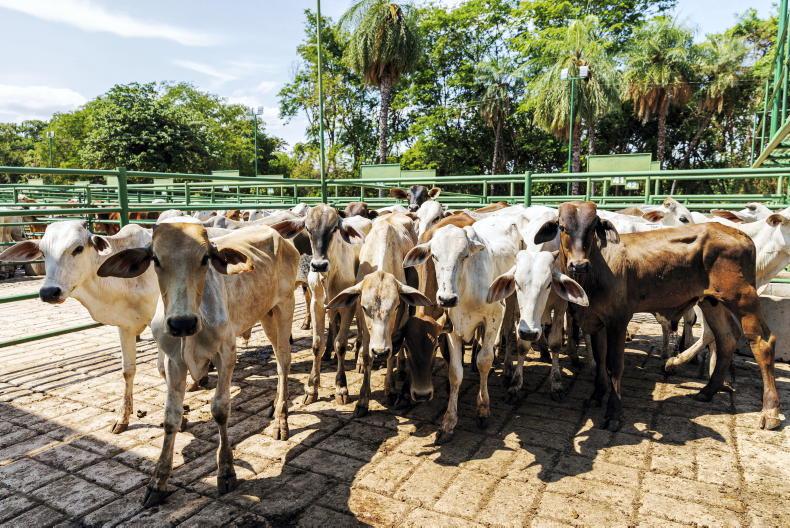

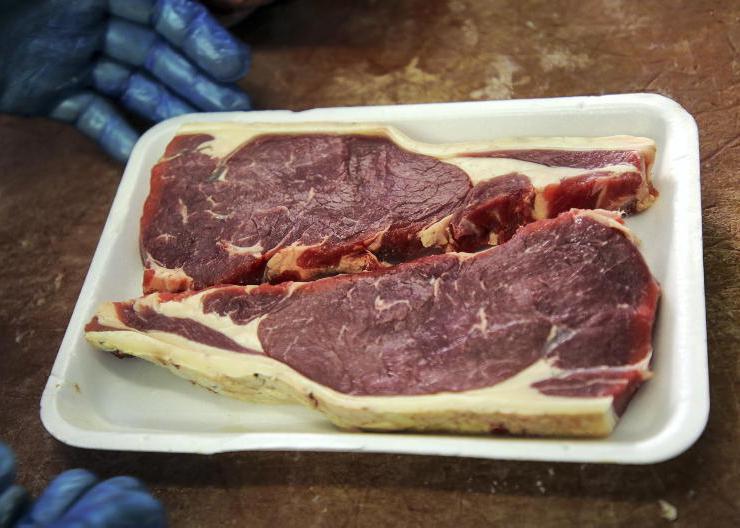
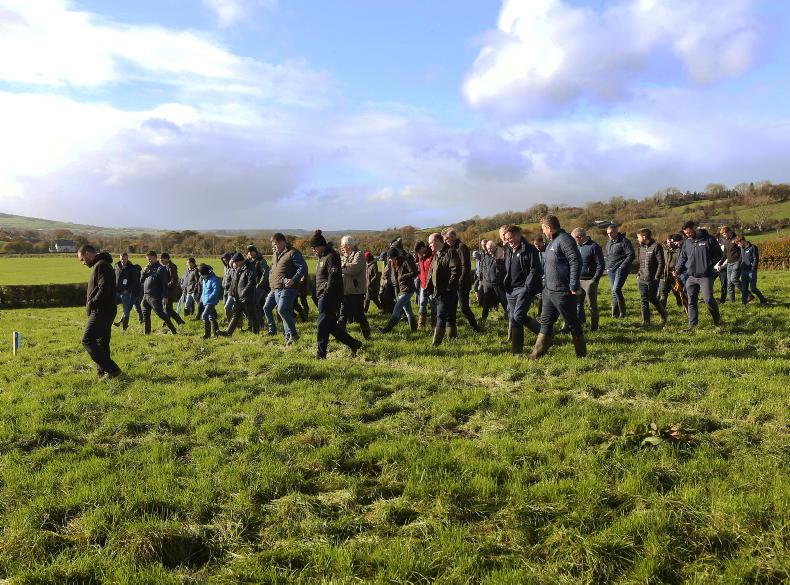
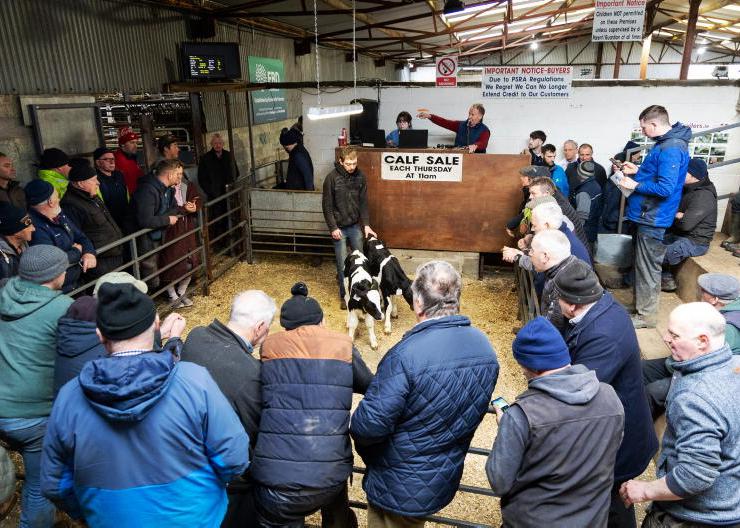
SHARING OPTIONS